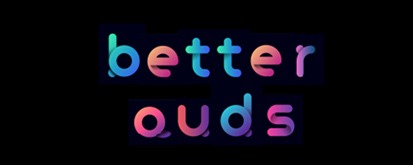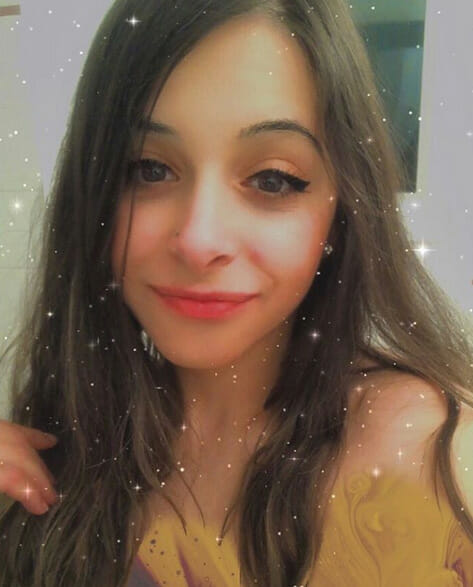Today, we are interviewing Amar Alexandra, also known professionally as Shadeswiper. She is a Canadian electronic dance music producer and classically trained pianist. Shadeswiper mainly produces big room / progressive house music denoting elements heavily influenced by her classical training background as well as cinematic emphasis from various video games.
Please tell us something about yourself.
Growing up, I took piano lessons, learned music theory, and composed music of my own. My parents regularly entered me in music festivals every year, so I had to practice hard, but that taught me how to perform on stage and meet people.
How did you get into what you do right now? Please tell us about your journey?
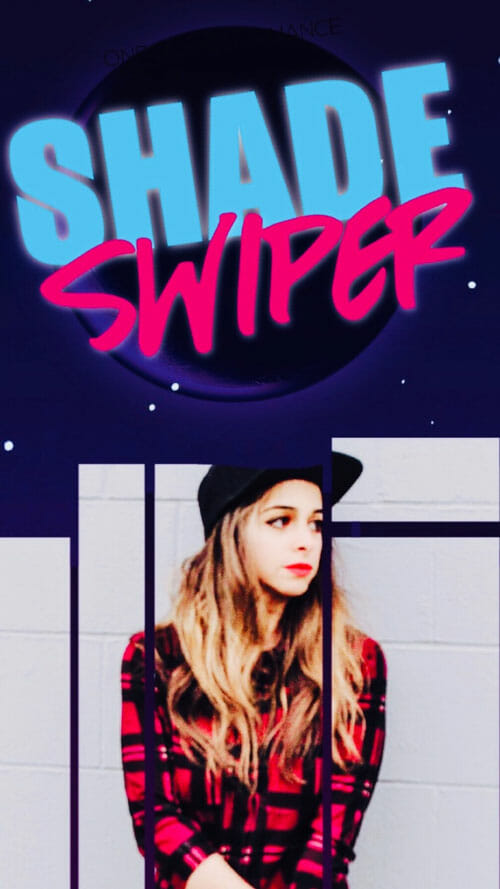
When I would compose music even as a kid, it was important to me to hear the melody in my head first and foremost. I’d jump to the electronic keyboard or organ and jam around to a beat and believed that if it had a good dance rhythm to it, then it would make others get up and dance too. I think that is one of the ways I got into creating electronic dance music of today.
Who are your role models?
My mom is definitely my biggest role model because she, to me, is the definition of endurance. She is now physically ill dealing with multi-sclerosis and is a stroke survivor but still lives in harmony with everything, so from watching her go through all the pain, she taught me how to toughen up and handle all the hardships that would come and go. She is also an advocate for celebrating all the little things in life because it would help visualize the bigger picture as long as hard work was put in for it, and that is something I would pass down onto my own children someday.
What inspires you?
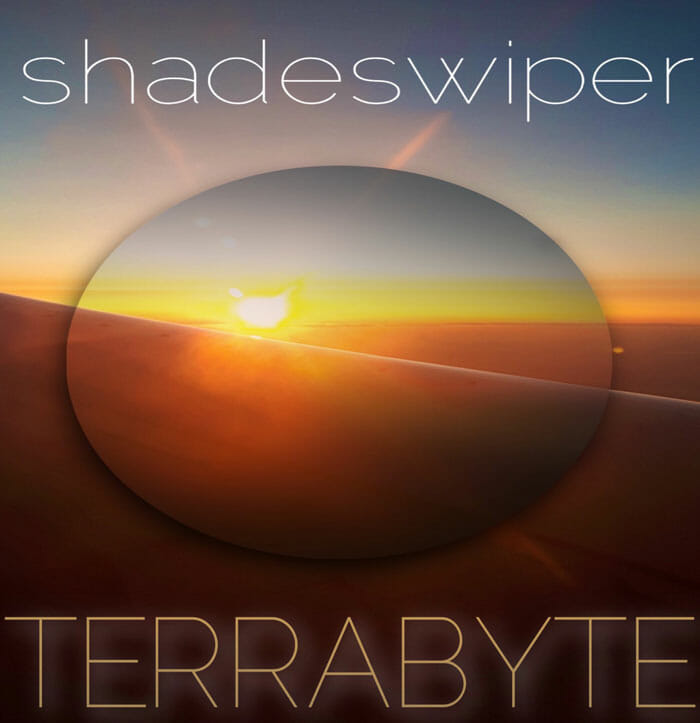
I think most of the inspiration for creating dance music stems from having Chromesthesia, or visualization of colors through notes played on the keyboard, for example. For me, it’s a natural occurrence to hear any piece of music and attach different colors to the phrasing of the melody and with that depict pleasant tones. I try to construct my melody lines in a way that reflects what was thought for the flow of colors. So even if some listeners can’t visualize these colors, the phrasing is still enjoyable to the ear. In addition, after dabbling in a bit of music psychology, I learned that having sound-to-color synthesis can trigger a therapeutic release of dopamine, similar to the way upbeat music or any music would create a happier emotion, so, it is a win-win situation.
Please tell us about what you do.

I go professionally by my stage name, “Shadeswiper,” in reference to the sound-to-color phenomenon that happens when one basically hears shades of color in music. This is my second year showcasing my music produced under this name since learning how to properly mix and master music electronically.
What’s your most memorable experience?
My most memorable experience was probably volunteering at the sound booth every summer as a teen for local shows, so I got the first-hand experience on how to run the mix and troubleshoot and issues with the PA and sound systems.
Which social media channels work best for promoting your work? What exactly do you do on the social media channel that makes it work for you?
I like using a mixture of different social media networks to promote my music, but I’d acknowledge Instagram for being hands down the most authentic platform because I can give shoutouts to others when for a collab with them and describe the work in eye-catching pictures or short videos not to mention the fun hashtags you can use. I think I got a little addicted to using hashtags, haha.
What’s your greatest fear?
I’d have to say if I didn’t give something that I was a part of 100% effort, be it a work assignment for my day job or a song I was working on, would be my greatest fear. It’s important to me that whatever is done was done so wholeheartedly.
Looking back, what’s one thing you wish you understood better before you ever got started?
I feel that if I didn’t spend so much time in my younger twenties wondering what I was going to do for the rest of my life, I would have gotten farther ahead than where I am now as the answer was always right in front of me. I still wish I learned how to use DAWs (Digital Audio Workstations) way back when they were first on the scene (like, for example, Ableton in 2001 or the earlier versions of Protocols) so that it would be more of a sense of appreciation for their ongoing development today.
What are the strategies that helped you become successful in your journey?
My strategy for achieving success has to do a lot with managing time and attention. I do have a regular day job as well as a loving husband and three furbabies, so I want to make sure everyone gets a portion of my time aside from creating music and networking with other artists, which I have found the time for, at night.
What keeps you going when things get tough?
I tend to approach tough times as an opportunity to stay proactive but also react quickly stop it from recurring.
Any message for our readers.
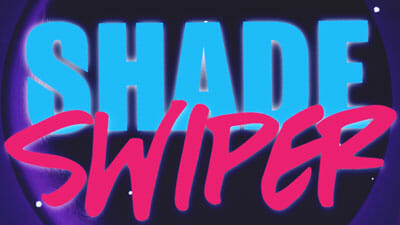
Never settle for less; keep the mind active in learning potential and be proud of your journey. Be the change you want to see in the world.
How can people connect with you?
Twitter and Instagram are usually the best way to go about getting a hold of me. You can also visit my Facebook page. You can also check her music on Soundcloud.
